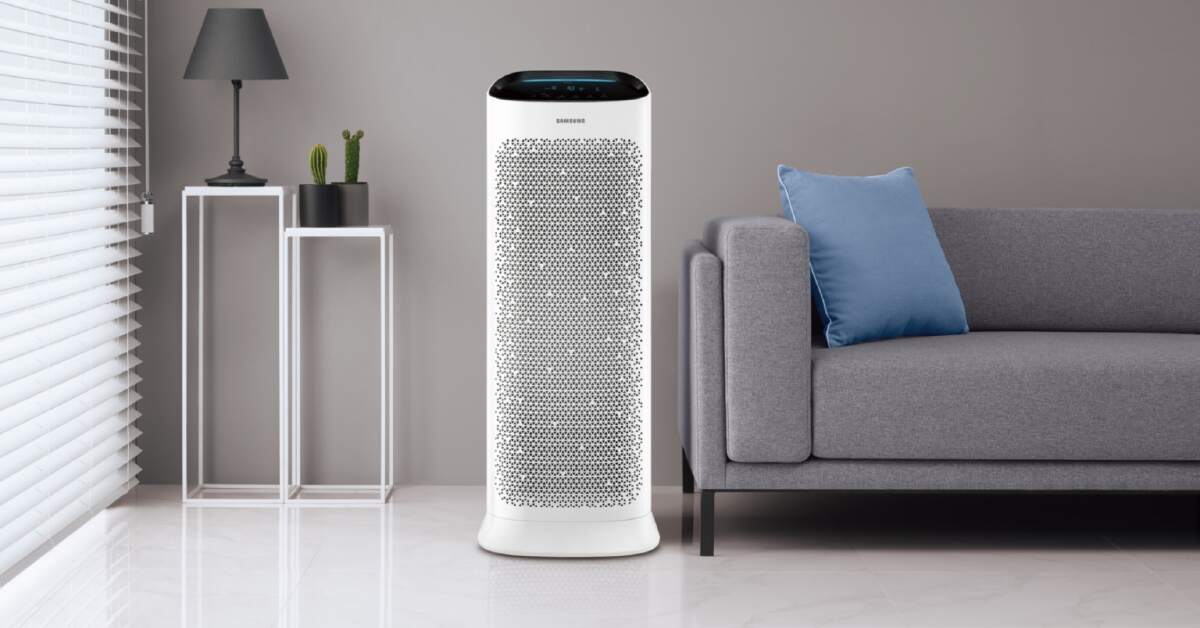Eye News Desk
Why healthy living begins with clean air

It is 8 am at a metro station in a capital city. The bus, CNG, car, and bike engines rumble as swirls of thick black smoke emerge from exhaust pipes. Passengers surrounding the bus stand waiting for vehicles, inhaling the toxic fumes.
Meanwhile, right across the street, some workers start a fire to burn the garbage that has been piling up since last winter. In a house nearby, people are barbecuing with inefficient stoves fueled by kerosene and coal. Gushes of coal fume and the smell of spice get mixed with the odor of garbage burning, vehicle smoke, and numerous other unknown emissions.
These sightings are commonplace. The pollutants in the air are a mixture of solid particles and liquid droplets. Also known as particulate matter (PM), the human body can naturally protect from large particles by trapping them in our nose and throat. However, the fine particles possess the power to get deep into our lungs. Dust, soot, mold, pollen, vehicle emissions, industrial work, and burning trash– all can be dangerous to our health. The concerning factor is that most harmful particles in the air are not visible to the naked eye and can only be detected with a microscope.
Simply put, air pollution is a great environmental risk to health. It can be broken down into major types- outdoor (ambient) air pollution and indoor air pollution. Toxic air may come from various sources, and a majority is a result of human activity. Outdoor air pollution and household air pollution together are associated with 6.7 million premature deaths annually. Both indoor and outdoor air pollution is a major environmental health problem affecting everyone in low, middle, and high-income countries. When it comes to outdoor pollution, it is very much beyond the control of human beings.
The issue requires concerted action by local, national, and district-level policy-makers working in sectors like energy, transport, waste management, urban planning, and agriculture. In contrast, indoor pollution can be worked on and improved from the foundation with joint efforts and innovation-led initiatives. In 2020, household air pollution was responsible for an estimated 3.2 million deaths per year, including over 237 000 deaths of children under the age of 5. Wide-ranging factors, including allergens, pollutants, and other irritants, can lead to indoor air pollution.
This kind of air pollution is generally created via inefficient cooking, polluting fuels, and technologies in and around the home. Houses that are poorly ventilated can have up to 100 times more levels of fine particles in indoor smoke. Exposure to such particles, especially among children and women, maybe drastic. Therefore, an effective purification system is required on a day-to-day basis.
Air purifiers, for instance, can be extremely beneficial in preventing small particles from penetrating deep into the lungs and bloodstream. A well-designed purifier like Samsung's air purifier models can capture all airborne allergens and elevate indoor air quality significantly. Whether it is for pet owners, asthma patients, or those who are striving for a healthy living space, investing in an air purifier may be the ultimate solution.
Healthy living begins with cleansing the space where one sleeps, eats, and spends most of their time. Be it offices, homes, or other indoor spaces, keeping indoor spaces healthy and free from toxins and pollutants is necessary. Now is the time to means taking time to consider the different options that could purify the air in your indoor spaces.
- 32 megapixel camera new phone Tecno Spark 10 Pro
- Google Bard now in Bangladesh
- Refreshing only increases the speed of the computer?
- AI in Bangladesh: Unlocking Potential Amid Challenges
- Samsung Galaxy A54 5G: A perfect price fit!
- Elon Musk`s SpaceX hires 14-year-old Bangladeshi-American Kairan
- Tottering from Twitter to Threads
- Spotify tests voice translation feature for podcasts
- The Godfather of AI quits Google; warns of impending danger
- How Afraid Should We Be of Artificial Intelligence?
































